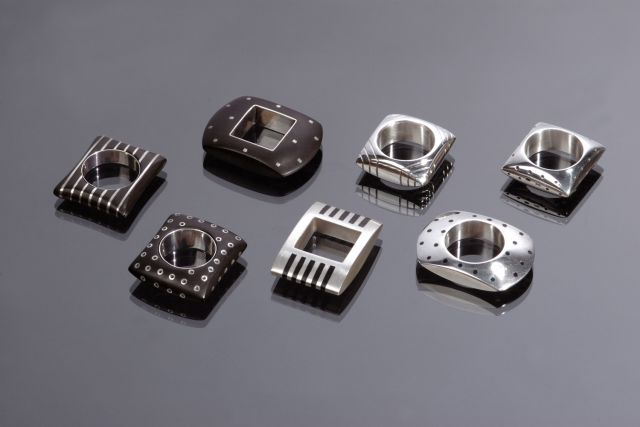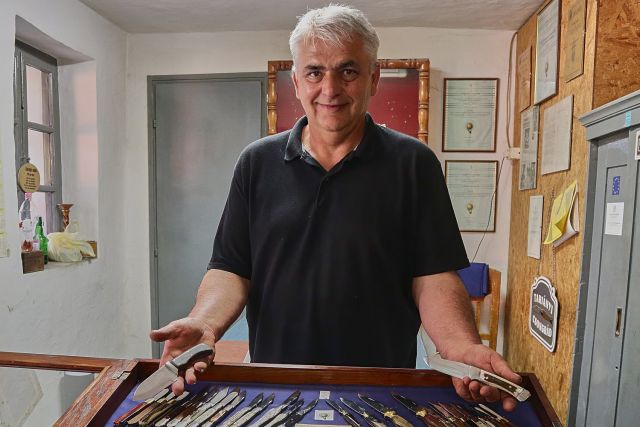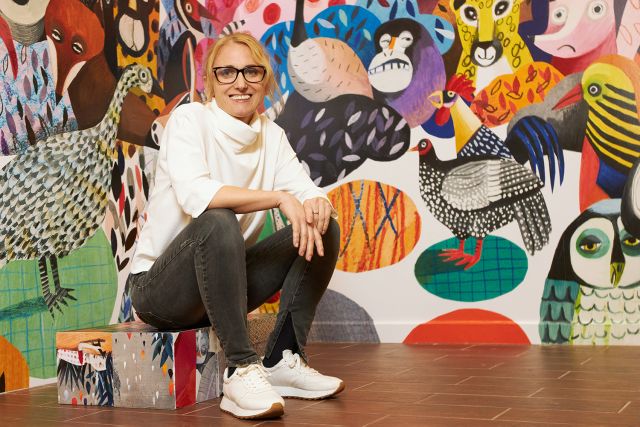The title of this sculptural glass piece refers to the beginning of the creation in the Bible, when darkness was separated from light, earth from water, and soon, life came into existence. In the colour glass composition Péter Borkovics highlights the parallels that can be found in both the Bible and scientific theories. He draws a parallel between the illusion of the origin of the world and the life that develops with the division of cells.
Length 40 cm
Width 8 cm
Height 40 cm
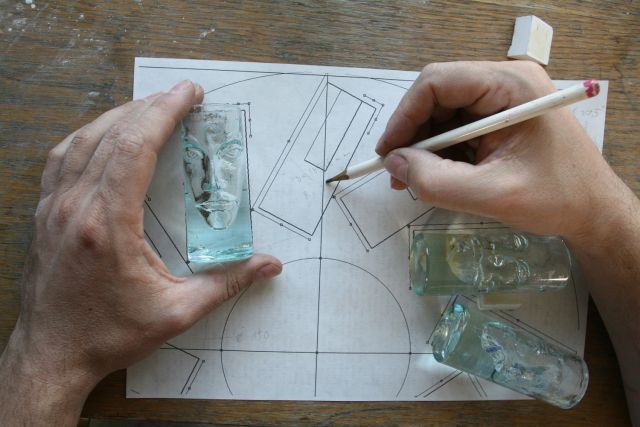
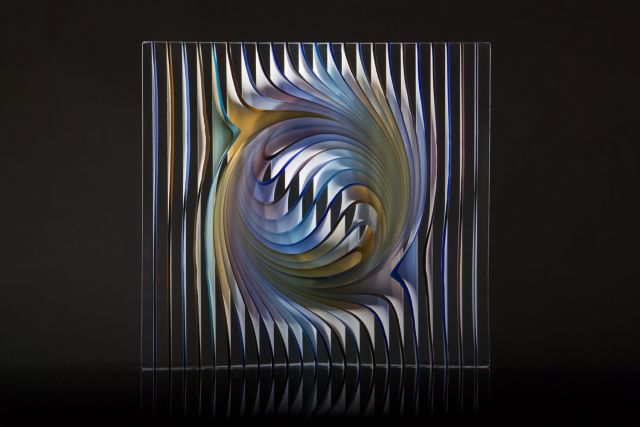
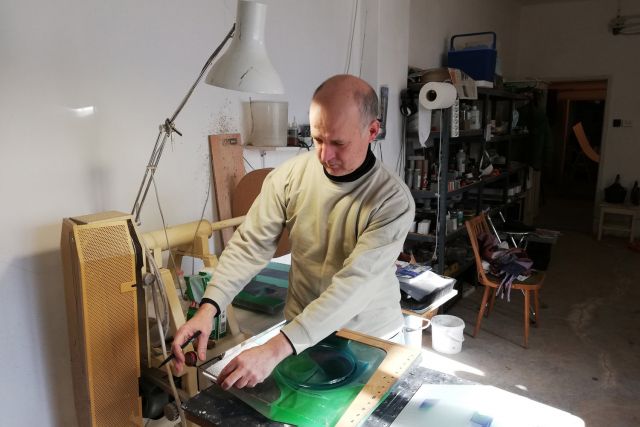
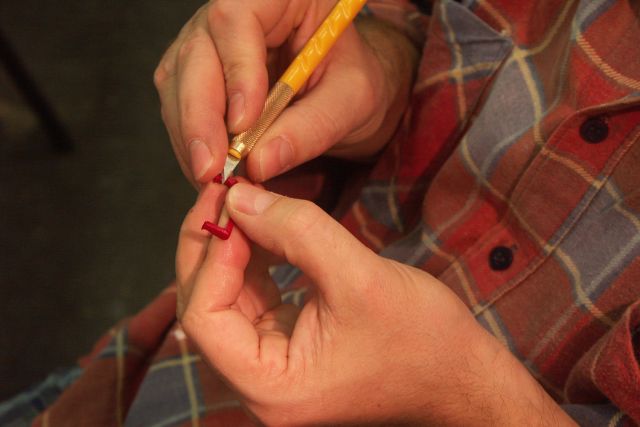

Péter Borkovics
- Glass sculptor
- Budapest, Hungary
- Master Artisan
- Recommended by Budapest Museum of Applied Arts
Kende u. 3, 1111 Budapest, Hungary
By appointment only
+36 203684661
The mechanisms of nature
- • Péter uses a unique glassmelting technique
- • His objects are inspired by a natural mechanism
- • Often unintentional errors lead to unexpected results
Péter Borkovics studied Glass and Porcelain Design at the Hungarian University of Applied Arts (now known as MOME). His objects are both dynamic and static, thanks to the combined use of glassblowing and electric furnace melting, which is unique in the industry. He came up with his special glassmaking technique in 1989, but it took time until technological improvements and experience made it feasible. He places his polished glass compositions in the oven, so that when they reach a certain temperature, their surface can be manipulated with special tools. The final pieces are like snapshots. He sets up the conditions for the creation in the furnace, leaving the rest to coincidence. Borkovics received the Lajos Kozma Applied Arts Scholarship (1998), the Noémi Ferenczy Award (2004), and an Honorable Mention at The International Exhibition of Glass in Kanazawa, among others. Since 2019, he has been the head of the Glass course at MOME.
Read the full interviewWorks
Photo: ©Viktória Győrfy

Photo: ©János Rátki
This sculptural glass piece is built from blue and transparent glass sheets that are lined up alternately. During the melting process, Péter Borkovics stirs the hot molten glass with a quadratic tool, rotating it by 90 degrees. Hence, the sides switch places within the composition. This shifting space is captured in this glass panel. The title refers to the Photoshop tool, which rotates the images. The outcome is a graphic pattern of lines with a spatial transparency where the layering creates the colour combinations.
Length 50 cm
Width 3.5 cm
Height 45 cm

Photo: ©Viktória Győrfy
Da Vinci was intrigued by the laws of vortices, examining the behaviours of waters and clouds. Péter Borkovics follows in his footsteps 500 years later. The connection manifests itself in the layers of his works, and pays homage to the Renaissance master, in this glass piece, which contains Leonardo's notes written in gold. The letters are almost impossible to make out, all that can be seen is the movement, closed into a cold and polished sheet of glass.
Length 50 cm
Width 3.5 cm
Height 45 cm

Photo: ©Viktória Győrfy
The title of this sculptural glass piece refers to the Julia sets, Benoit Mandelbrot's mathematical structures. His images of fractals follow the laws of nature, while they are made by computer algorithms. Péter Borkovics creates similar algorithms in order to form his glass pieces. His arrangements follow the laws of physics, but he takes part in the process at certain points and in its final refinement.
Length 38 cm
Width 8 cm
Height 38 cm

Photo: ©János Rátki
With this sculptural glass work, Peter Borkovics pays homage to the ancient cage cups or "reticulated cups" (vas diatreta), mystical objects in the history of glassware. Their name means double-layered vessels, and only a few pieces have survived. A wafer-thin pattern and text appear on the outer wall of these thin vessels, which is then fused onto it, so that they become one single piece of glass.
Height 18 cm
Diameter 16 cm





